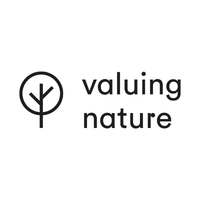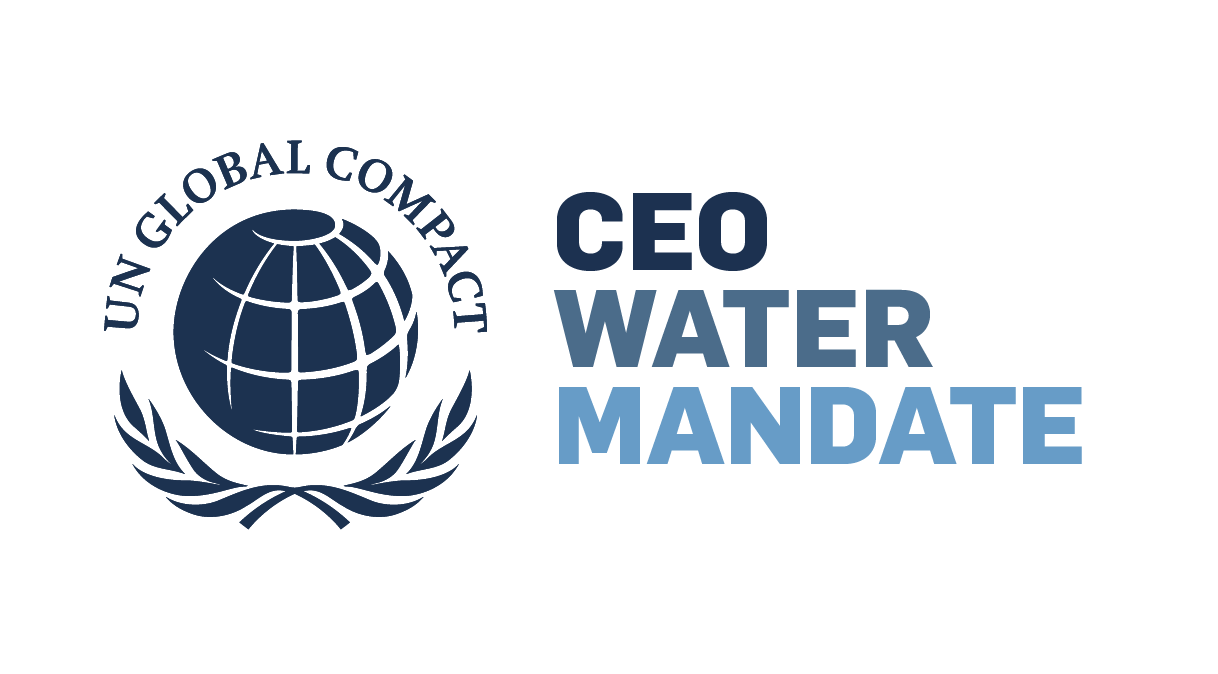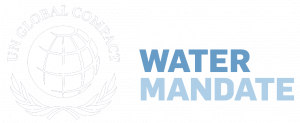The objective of the guide is to assist practitioners with the application of the Volumetric Water Benefit Accounting (VWBA) method during the implementation of activities to meet corporate and/or site water replenishment targets.
This guide is not intended as a stand-alone document, but rather, as a practical resource to facilitate the application of VWBA methods. Practitioners should use the information provided here only after having read and understood the content outlined in “Volumetric Water Benefit Accounting (VWBA): A Method for Implementing and Valuing Water Stewardship Activities” (Reig et al. 2019).
For the purpose of this guidebook, water replenishment means returning a volume of water to the local catchment from which it came in ways that
- Address the local water challenges that are shared with local communities and stakeholders;
- Align with leading practice for corporate water stewardship;
- Are informed by the best available information and catchment context; and
- Have a measurable and positive impact on the catchment’s water availability, quality, and accessibility.
Water replenishment targets are also referred to as water balance or restoration targets. They are often intended to return to the local catchment a volume of water equivalent to what a site in that same catchment withdraws or consumes on an annual basis.
Because the Alliance for Water Stewardship (AWS) International Water Stewardship Standard 2.0 already provides a common, credible, globally applicable framework for sites to manage water sustainably within the wider catchment context, this guide builds on many of the steps, criteria, and indicators outlined in the AWS Standard’s framework (AWS 2019). However, following this guide does not entitle users to make any claims of conformity to or alignment with the AWS Standard. The guide has been developed in close consultation with practitioners by two of the authors of the founding paper on VWBA (Reig et al. 2019).
The guide is intended for three principal audiences:
- Practitioners at a corporate level who are responsible for seeing that corporate water stewardship goals are met and for supporting regions, markets, and business units with respect to target implementation, measurement, and reporting;
- Practitioners at a regional, market, or business-unit level who are working with sites to meet their water replenishment targets and support their water resources management efforts more broadly; and
- Practitioners at a site level, such as site managers or technical water specialists, who are charged with identifying and implementing activities that can contribute to meeting a water replenishment target.
The rest of this guide outlines the proposed approach for how sites can meet a water replenishment target. It provides guidance and methods for how to apply the approach, including detailed information on where and how to select water stewardship activities, develop an implementation road map, and measure progress toward meeting the target.




